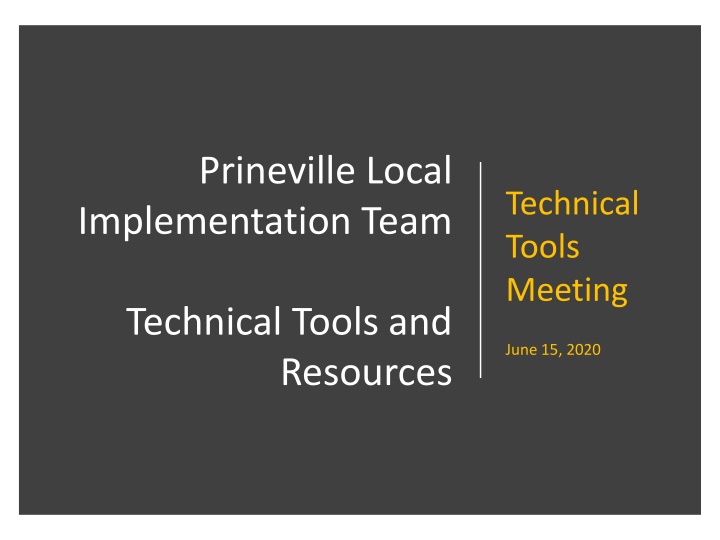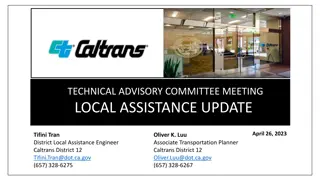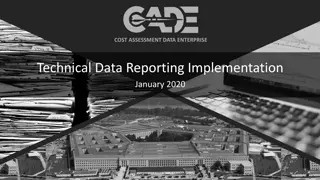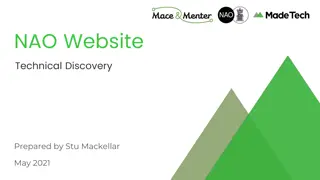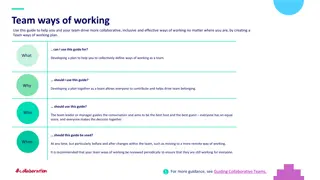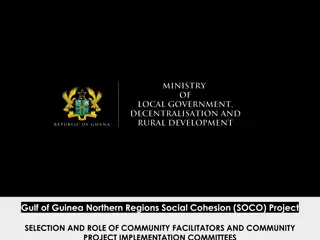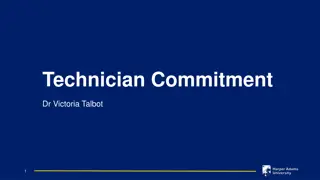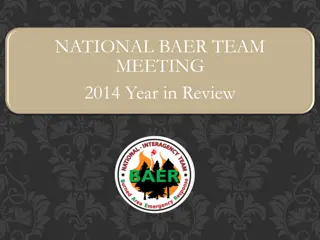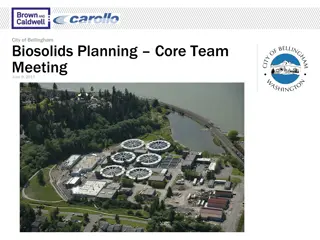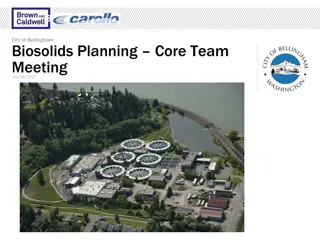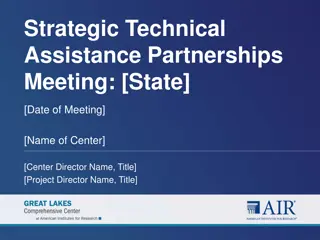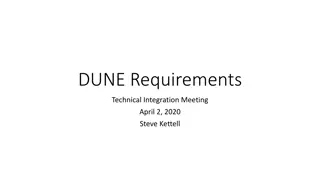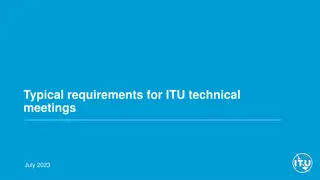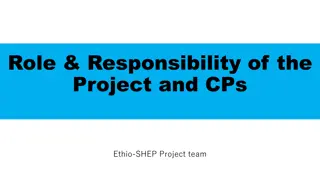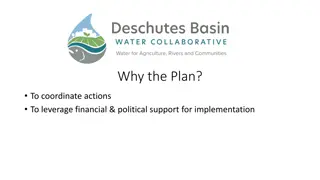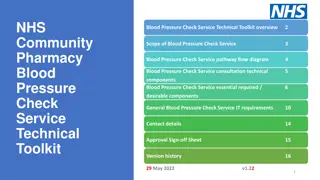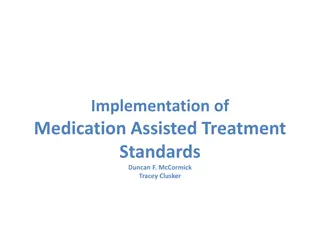Prineville Local Implementation Team - Technical Tools Meeting Overview
Review the available technical tools and resources to guide the work of Prineville Local Implementation Team. Explore vegetation maps, threats table, and the Landscape Planning Tool for estimating distribution, severity of threats, and prioritizing work. Utilize these tools to measure success, adaptive management, and make informed decisions for maximizing returns on investment.
Download Presentation

Please find below an Image/Link to download the presentation.
The content on the website is provided AS IS for your information and personal use only. It may not be sold, licensed, or shared on other websites without obtaining consent from the author.If you encounter any issues during the download, it is possible that the publisher has removed the file from their server.
You are allowed to download the files provided on this website for personal or commercial use, subject to the condition that they are used lawfully. All files are the property of their respective owners.
The content on the website is provided AS IS for your information and personal use only. It may not be sold, licensed, or shared on other websites without obtaining consent from the author.
E N D
Presentation Transcript
Prineville Local Implementation Team Technical Tools Meeting Technical Tools and Resources June 15, 2020
Setting the Stage Purpose is to review existing tools and information sources across landownerships to guide the Prineville LIT work. Tools and resources can be used for: 1. Understanding where project work has occurred in the past, across all agencies & jurisdictions 2. Estimating the distribution and severity of threats 3. Prioritizing where to work for best return on investment 4. Measuring success and adaptive management
Question 2: Estimating the Distribution and Severity of Threats There are several vegetation maps available See list Overview of two major map sources: Landscape Planning Tool Southeast Oregon vegetation composition map Many other data layers Rangeland Analysis Platform New maps just released
SageCon Landscape Planning Tool https://tools.oregonexplorer.info/OE_HtmlViewer/Index.html?viewer=sagegrouse
SageCon Landscape Planning Tool Southeast Oregon vegetation composition map Many vegetation indicators available Primary indicators: ecostate, cover of perennial grass, invasive annual grass, tree, sagebrush Other indicators: cover of deep-rooted perennial grass, sage-grouse preferred forbs, introduced seeded grasses, etc Accuracy varies by indicator Maps should not be used at very fine scales
SageCon Landscape Planning Tool Southeast Oregon vegetation composition map Many vegetation indicators available Primary indicators: cover of perennial grass, invasive annual grass, tree, sagebrush Other indicators: cover of deep-rooted perennial grass, sage-grouse preferred forbs, introduced seeded grasses, etc Accuracy varies by indicator Maps should not be used at very fine scales Sage-grouse seasonal habitat (spring, summer, winter) Habitat connectivity Development impacts (direct and indirect) Restoration potential Theme scores fire & invasives, biodiversity significance Burn probability and previous fire perimeters
Rangeland Analysis Platform Yearly maps from 1984-2019 of: Perennial grass & forb cover Annual grass & forb cover Shrub cover Tree cover Bare ground cover https://rangelands.app/
Threats Table and Technical Resources Questions to the group: What other data sets or information sources have you used? What other local datasets exist to address these threats? Next steps
Question 1: Understanding where project work has occurred in the past, across all agencies & jurisdictions Conservation Efforts Database (CED)
Conservation Efforts Database (CED) Captures conservation actions to benefit the sagebrush ecosystem across all partners and landownerships in 11 Western states https://conservationefforts.org/
Conservation Efforts Database (CED) Captures projects across all agencies and landownerships Data call still ongoing all data expected this summer Private lands reporting is by Sagebrush Reporting Unit (SRU) (red) More detailed reporting on private lands available from partners? https://conservationefforts.org/
